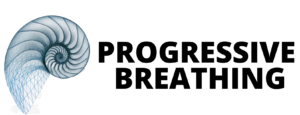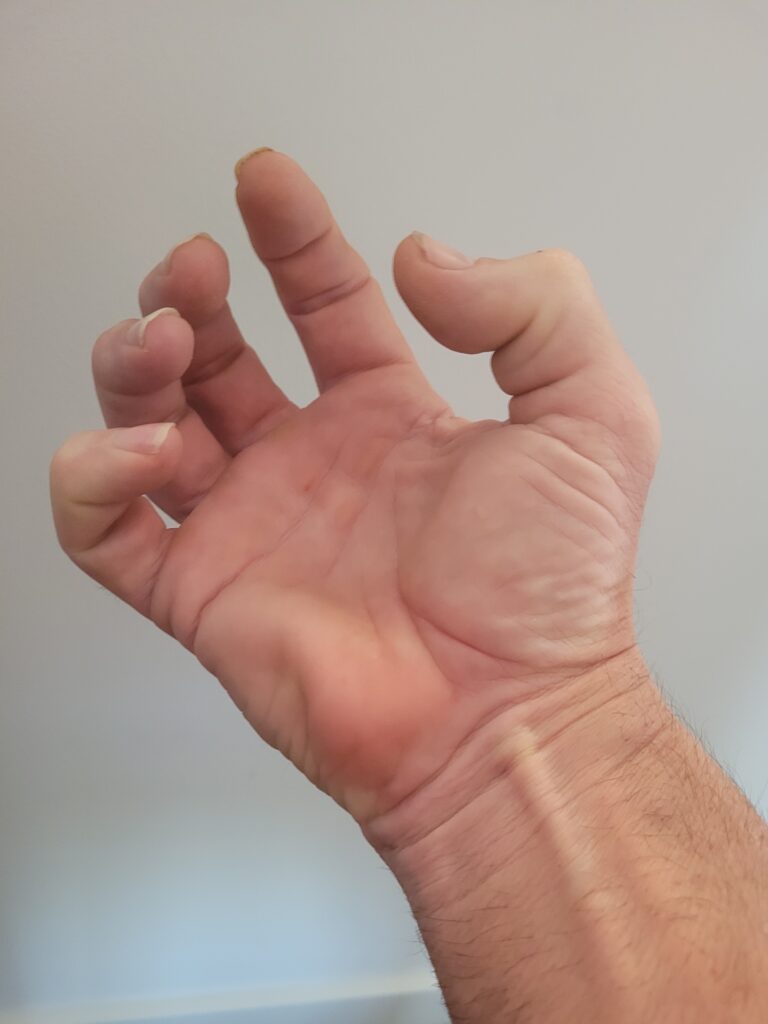Understanding Tetany and Its Connection to Anxiety, Stress, and Rapid Mouth Breathing
Tetany is a medical condition characterized by involuntary muscle contractions or spasms, often in the hands, feet, and face. These contractions can be painful and are typically caused by an imbalance in electrolytes, particularly calcium, magnesium, and potassium. However, tetany is also closely linked to anxiety, stress, and rapid mouth breathing, creating a cycle of physiological and psychological distress.
The Role of Anxiety and Stress in Tetany
Anxiety and stress are known to have a significant impact on the body, triggering various physiological responses that can lead to tetany. When a person experiences anxiety, the body’s “fight-or-flight” response is activated. This response, governed by the sympathetic nervous system, causes the release of stress hormones like adrenaline and cortisol. These hormones prepare the body to deal with perceived threats by increasing heart rate, blood pressure, and respiratory rate.
In some cases, anxiety can lead to hyperventilation, which is characterized by rapid, shallow breathing, typically through the mouth. Hyperventilation causes a decrease in carbon dioxide (CO2) levels in the blood, leading to respiratory alkalosis—a condition where the blood becomes too alkaline. This shift in pH can reduce the availability of ionized calcium, an essential electrolyte that helps regulate muscle function. The reduction in ionized calcium can cause muscles to become overly excitable, resulting in the involuntary contractions and spasms seen in tetany.
Moreover, anxiety can exacerbate the feelings of muscle tension and cramping, creating a vicious cycle. The fear of these symptoms can further increase anxiety, leading to more rapid breathing, and thus, more pronounced tetany.
Rapid Mouth Breathing: A Trigger for Tetany
Rapid mouth breathing, often seen in individuals under stress or experiencing anxiety, can significantly contribute to the development of tetany. Unlike slow, deep breathing through the nose, rapid mouth breathing tends to be shallow and unregulated. This type of breathing can lead to several issues:
- Hyperventilation and CO2 Depletion: As mentioned earlier, rapid mouth breathing can cause hyperventilation, leading to a decrease in CO2 levels in the blood. This depletion of CO2 disturbs the acid-base balance in the body, causing alkalosis and contributing to tetany.
- Reduction in Oxygen Delivery: Mouth breathing bypasses the nasal passages, which are designed to warm, humidify, and filter the air before it reaches the lungs. This can lead to less efficient oxygen exchange in the lungs and, consequently, less oxygen being delivered to the muscles and organs. Oxygen deprivation can make muscles more prone to cramping and spasms.
- Increased Sympathetic Nervous System Activity: Mouth breathing, particularly when rapid, can activate the sympathetic nervous system, further increasing the body’s stress response. This heightened state of arousal can exacerbate anxiety and stress, which are already linked to tetany.
The Benefits of Slow, Deep Nasal Breathing in Preventing and Mitigating Anxiety and Tetany
Slow, deep nasal breathing offers a powerful antidote to the cycle of anxiety, stress, and tetany triggered by rapid mouth breathing. Nasal breathing is a natural, efficient way to regulate the body’s physiological functions and promote a state of calm and balance.
Promoting Proper CO2 Levels and Acid-Base Balance
One of the key benefits of slow nasal breathing is its ability to maintain appropriate CO2 levels in the blood. Unlike mouth breathing, nasal breathing tends to be slower and more controlled, allowing for the retention of CO2. This helps maintain the acid-base balance in the body, preventing the alkalosis that can trigger tetany.
By promoting a balanced pH level, slow nasal breathing reduces the likelihood of muscle spasms and cramping, helping to keep the muscles relaxed and functioning properly.
Enhancing Oxygenation and Blood Flow
Nasal breathing enhances oxygen delivery to the body’s tissues. The nasal passages filter, warm, and humidify the air, making it more suitable for optimal gas exchange in the lungs. This results in better oxygenation of the blood, which in turn supports muscle function and overall vitality.
Improved oxygenation helps prevent the muscle cramps and spasms associated with tetany. Additionally, enhanced blood flow supports the nervous system, contributing to a sense of calm and relaxation.
Activating the Parasympathetic Nervous System
Slow, deep nasal breathing activates the parasympathetic nervous system, often referred to as the “rest and digest” system. This system counteracts the stress-induced “fight-or-flight” response, promoting relaxation and reducing anxiety.
When the parasympathetic nervous system is activated, heart rate decreases, blood pressure stabilizes, and the body’s stress hormones are reduced. This state of relaxation not only mitigates anxiety but also prevents the physiological conditions that lead to tetany. By calming the nervous system, slow nasal breathing helps to break the cycle of stress and muscle tension.
Supporting Overall Health and Well-being
In addition to preventing tetany, slow nasal breathing has numerous other health benefits. It supports the production of nitric oxide, a molecule that enhances blood flow and oxygen delivery throughout the body. It also improves lung function, reduces the risk of respiratory infections, and supports cognitive function by ensuring a steady supply of oxygen to the brain.
Moreover, the practice of slow nasal breathing can be a powerful tool for managing chronic stress and anxiety. By fostering a state of calm, this breathing technique helps individuals build resilience against stressors, improving mental and emotional well-being over time.
Summary
Tetany, often linked to anxiety, stress, and rapid mouth breathing, can be a debilitating condition that causes significant discomfort. The physiological processes underlying tetany are closely tied to hyperventilation and the body’s stress response, which can lead to muscle spasms and cramping. However, slow, deep nasal breathing offers a natural and effective way to prevent and mitigate tetany. By maintaining proper CO2 levels, enhancing oxygenation, and calming the nervous system, nasal breathing promotes relaxation and supports overall health. Incorporating this practice into daily life can help individuals manage stress, reduce anxiety, and maintain a balanced, healthy body.
Read about the 100 Benefits of Nasal Breathing.



